Your customer is bored looking at the same old ad content on social media. They are fast-forwarding through TV spots with their remotes, avoiding commercials altogether with Netflix and Prime Video, and using ad blockers to keep your ads at bay. If something grabs their attention instantly, they might click on it. Otherwise, it’s a big NO. And with the sea of content available out there, holding onto your customer’s attention has become tough.
However, despite the disinterest & shorter attention spans, your customer wants information. They are already 57% on the way to purchase before they contact you. This means they want to be engaged, educated and guided.
So, what to do about it? Create another blog post? Increase the ad spend, so it’s impossible to drown out the message?
No matter how much in the face marketing you do, your content wouldn’t make a difference to your prospect audience until it’s relatable or engaging for them.
Now what?
Enter Experiential Marketing!
An immersive, live, and memorable way to deliver experiences that your audience actually wants to be a part of while delivering your message to them without distractions.
So, what does experiential marketing exactly mean? And why is it a good idea to use experiential marketing?
Experiential marketing is all about immersing consumers in live experiences with the help of technology. It is a strategy that engages consumers, builds brand loyalty and inspires them to share it with their friends both online and off. When you delight your customers with experiential marketing you’re not just advertising your product, you’re letting consumers feel what their lives would be if they have your product. They build an association between your brand and the positive vibes they get.
Where to host such experiences?
Experiential experiences can be introduced at an event or as a pop-up activation not tied to any event.
Why should I try experiential marketing?
The kind of investment you do in experiential martech depends on your, goals, timeline, and resources. Although these experiences are real-life, you need to marry them with social and content to amplify the impact across channels.
Here are the benefits you will reap once your experiential marketing strategy is executed seamlessly:
1.Lasting Connections With Consumers
Experiential marketing not only gets people talking about your brand, but it also does that in the best way possible. Such experiences involve emotions. Those who participate have fun and make memories. These memories are what they will share with their friends. Not only this will increase your short-term sales, but also grow brand loyalty.
Check out these stats by Capgemini:
- 82% of customers buy from the company with which they have a high emotional engagement.
- 81% of consumers who are emotionally connected to a brand share it with friends and family.
- 70% of people tend to spend twice as much on brands with which they have an emotional connection.
Only a few marketing strategies have such positive sales stats. Experiential marketing is one of the best ways to create a long-lasting emotional relationship with your prospects.

2. More Data
When it comes to marketing, collecting and analyzing consumer data is a top priority for most businesses. Product developers need data to know what appeals to the consumers and what are their needs. Marketers need data to know where and how to reach prospects most effectively. Business leaders need that data to steer the their companies in the right direction.
Big data is an integral part of experiential marketing. It gives consumers a chance to learn about your products and brands while enjoying the experience. And for this, they are willing to exchange their personal information as the admission price to your experience that they want to attend. Brands can collect email addresses, contact information, address, and the review on their products.
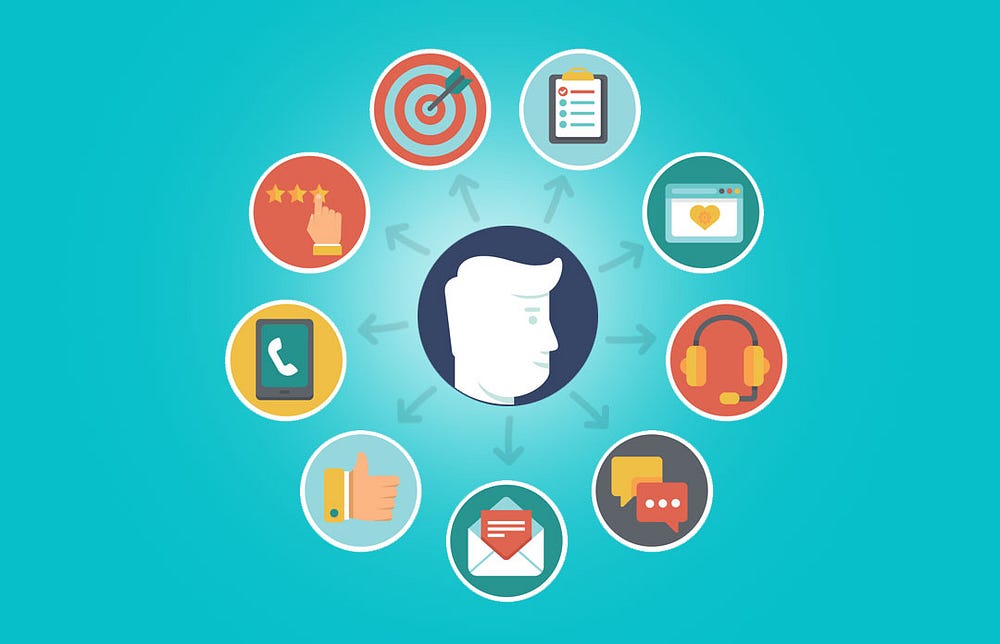
3. Virality
Experiential marketing if done right gets people talking! If you evoke a particular emotion in them strongly or make them feel special, they are bound to share it on social media. This works as word-of-mouth marketing — people share stories, photo/video posts, and opinions within their networks and communities.
According to Data Intelligence Today, 92% of people trust their peers over advertisers when it comes to making purchases. So, if you can get your customers talking positively about your brand, you sure will reap the rewards in revenue.
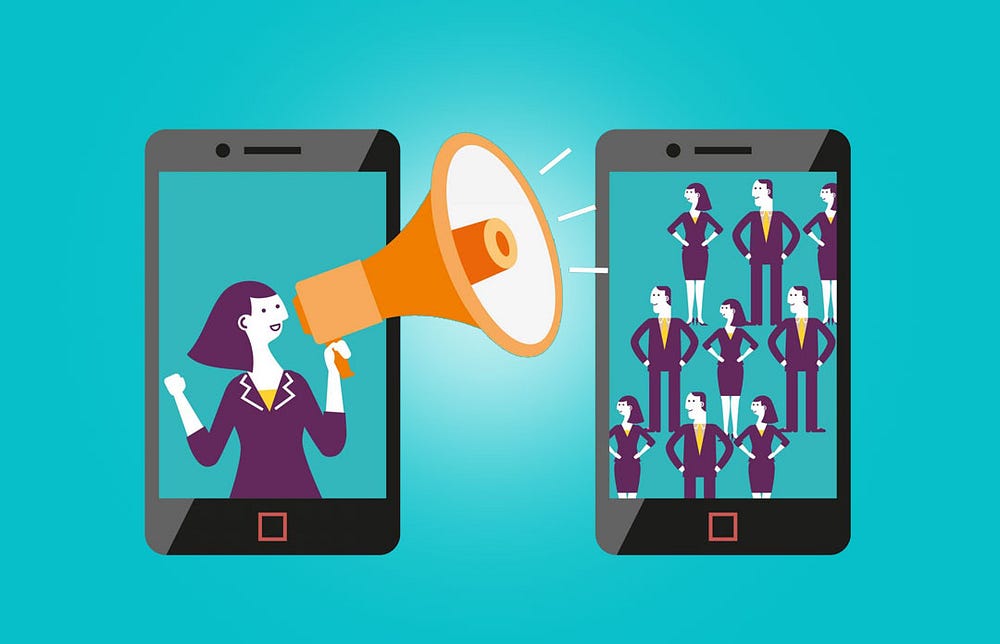
4. Brand Awareness
One of marketing’s main goals is to educate individuals about your product/brand, and this will only work if you engage them right. Most people go out of their way for a new experience, like they would go to skip YouTube ads. Tie your brand to a fun experience and consumers are more likely to respond toyour message.
In fact, about 65% of consumers have confessed that live events and product demonstrations have helped them understand a product better than any other commercial or method could.
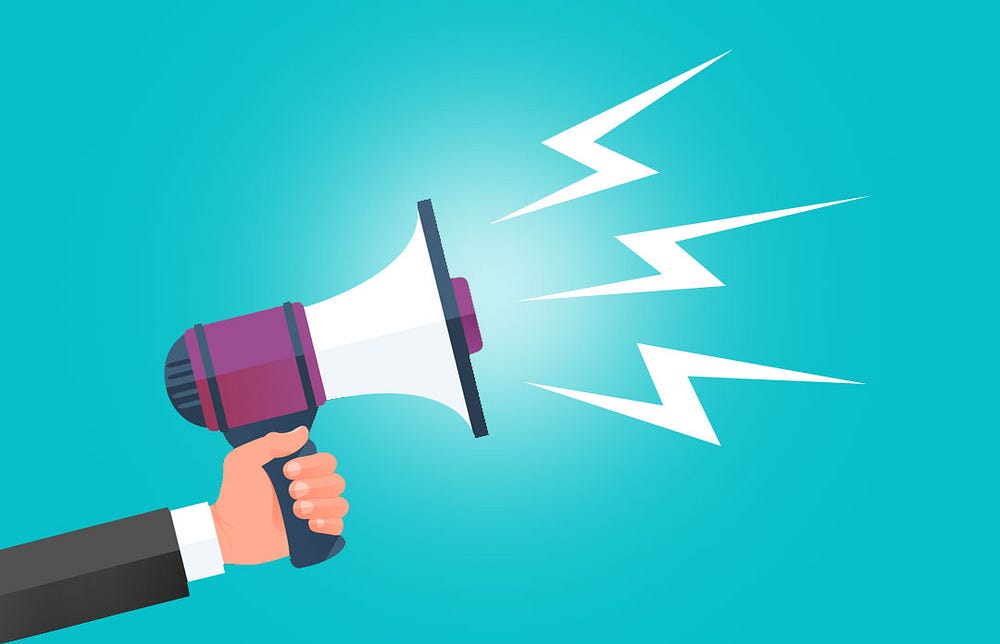
Experiential marketing transforms and elevates the connection you have with your brand. This has become increasingly important as consumers seek more personalization.
Learn about the technologies that will help you make your experiential marketing dreams a reality at our upcoming workshop — Tech & When do we use it? — A free technology workshop that will not just tell you about the use of technology in experiential marketing but also situations where you don’t need to use it. The purpose of the session is to demystify the word “Tech” and stop using it as jargon. Register here — https://bit.ly/2V3D9nU

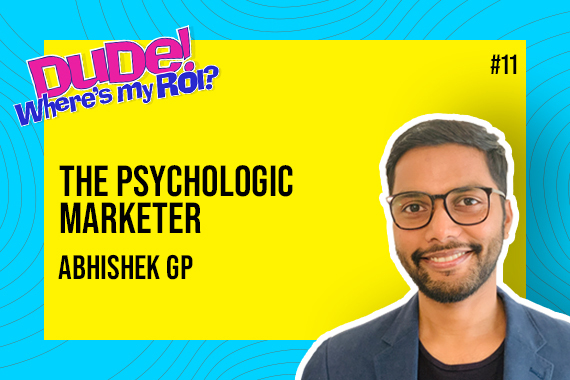
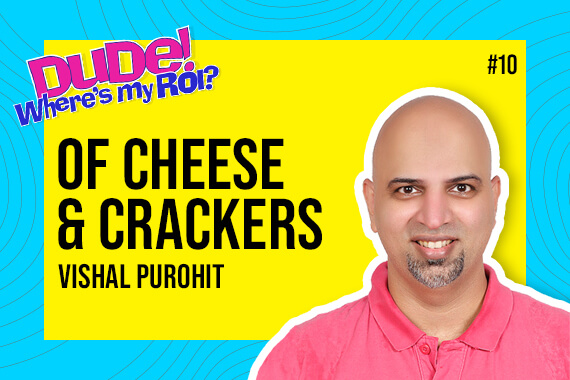
0 Comments